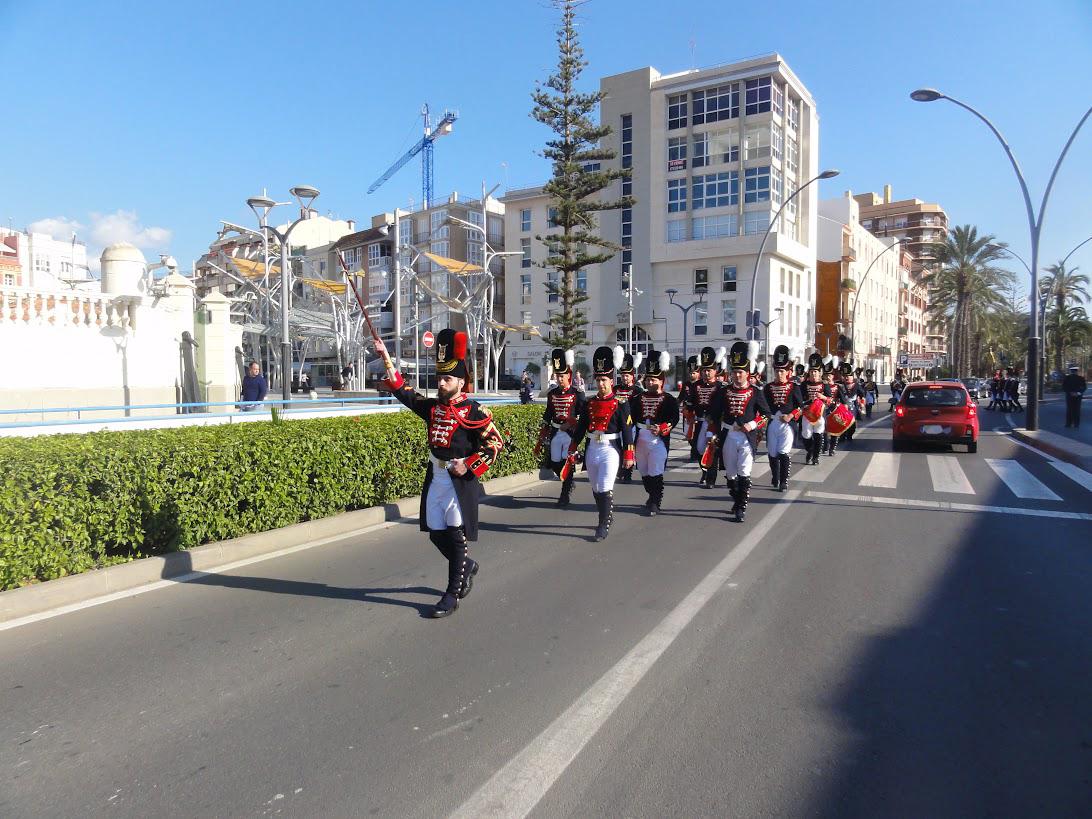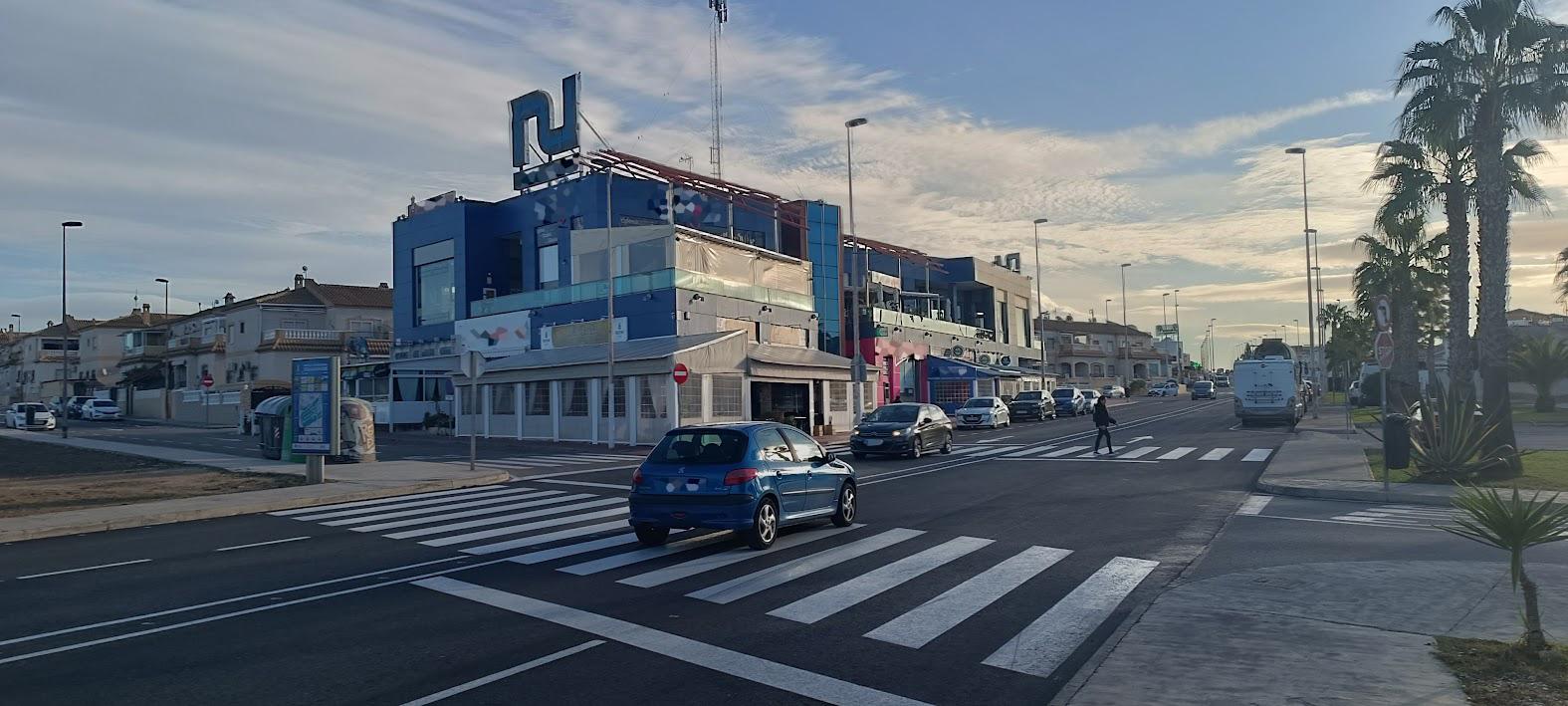If it is safe to do so, vehicle drivers should give way to pedestrians waiting to cross at a pedestrian crossing, and if pedestrians are on the crossing, it is a must that vehicles stop to allow them to continue safely.
However, that is not the only time when pedestrians have priority on the road, and so vehicles must give way.
Article 65 of Spanish traffic Law explains that, as well as giving way at properly designated zebra crossings, one of the situations that many drivers are not aware of is that vehicles must also give way to pedestrians when you find them crossing the road at a junction where the vehicle is intending to turn, even if there is no zebra crossing.
For UK-qualifies drivers, this should not actually be a surprise, as Highway Code rules 170 and H2 both explain the same concept.
So, if you are intending to turn into a junction, it is crucial you watch closely for pedestrians crossing, and wait until they have crossed safely before proceeding.
Similarly, vehicles must give way to pedestrians when the vehicle crosses a pavement on which there are pedestrians who don’t have a designated area, so, for example, through the vado access to a garage. The same priority applies when vehicles cross designated zones in pedestrian areas, vehicles must give way.
There are other circumstances where vehicles must give way to pedestrians, such as when pedestrians are getting on or off a bus, at a designated stop, when they are between the vehicle and a pedestrian area or nearest place of safety, and to military personnel in uniform, groups of schoolchildren, or organised marches (article 23.3 of the law).
For the avoidance of doubt, the phrase vehicle or vehicles also includes, as always, bicycles, e-scooters, motorbikes, et al. Offences under the terms of these rules are considered serious.




Discover more from N332.es - Driving In Spain
Subscribe to get the latest posts sent to your email.

You must be logged in to post a comment.